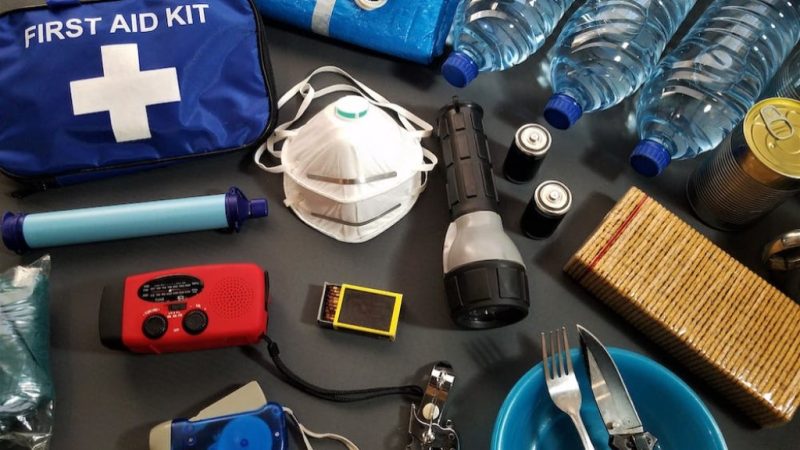Ignoring disasters is a terrible thing; the smallest of storms can cause major damage, wreaking havoc on communities, infrastructure, and lives. It’s imperative to recognize the potential consequences of dismissing the warning signs that nature presents.
After Hurricane Irene hit the east coast many people wanted to snicker about what they considered overblown hype in the face of the storm. Past hurricanes such as Camille, Ivan, Frederick, Rita, and Katrina made Irene pale in comparison. And as a northern friend of mine said to me today, when the storm finally reached her, it had downgraded to a tropical storm.
You don’t need life-altering devastation to find yourself totally unprepared and facing hunger, water scarcity, and loss of property. All it takes is a small storm. By mid-week, there were still over 563,000 in New York sitting in the dark, over 400,000 people in Virginia without power, and the slow response to power outages in New Jersey has left thousands of residents disgruntled and angry.
Five days after Irene, nearly 2,000,000 people were STILL without power. Stop right now and think….can I last 5 days without power? How will I cook? Will my water still work? Probably not if your water company is out of power too! What will I eat? How will I see at night? Will I still have gas for my car? How will I know what’s going on?
It’s the smaller upheavals that seem to catch us unaware and leave us desperate for some parts of the storm. Knowing your absolute essential emergency needs, having a survival plan, and preparing beforehand will help you survive whatever comes your way. Which is the message I hope to impart to my readers.
Residents living in Maryland found themselves facing the threat of Irene and the probable outcome of loss of power, flood damage, and dwindling food stores. Those who were prepared with generators were able to avoid the inconveniences of living off the power grid for nearly a week.






